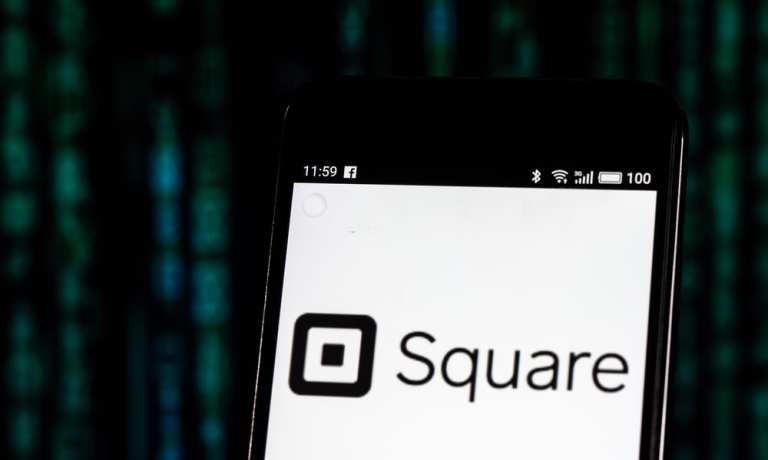
Square reported earnings Wednesday (May 6) for the first quarter that showed slowing gross payment volumes, impacted by the pandemic and the shuttering of merchant locations, while the company also took reserves against potential losses.
Yet the company also saw a significant uptake in its Cash App, even excluding Bitcoin transactions.
In terms of headline numbers, the company’s reported revenues of $1.4 billion were up 43.9 percent year over year, and roughly $80 million better than consensus.
Total quarter gross payment volumes were $25.7 billion, up 14 percent year over year and below the consensus of $26.5 billion. In the year ago first quarter, the growth rate had been about 27 percent as measured against 2018’s first-quarter volumes.
Drilling down a bit into the gross payment volumes, 52 percent of volume mix came from larger sellers, at $125,000 or more of annualized GPV, slightly higher than a year ago.
CEO Jack Dorsey noted on the earnings call that new and existing sellers continued to transition from in-store commerce to online channels, aided by curbside pickup and delivery. As of April 20, Square Online Store weekly GPV was $59 million, up fivefold since earlier in the year. The number of signups for Square Online Store has outpaced typical signups for Square Point of Sale.
One standout in the quarter was Cash App, where management noted that in March the ecosystem added its largest net new transacting active customer tally. The company expanded its direct deposit eligibility from 3 million customers in February to 14 million by the middle of April.
In tandem with the availability of stimulus payments, Cash App achieved its highest direct deposit volume during April. Volume was up three times that of March. The company said that, excluding Bitcoin, Cash App revenues were up 98 percent, at $222 million, while Bitcoin revenues stood at $306 million. Customers had more than $1.3 billion in cash balances stored on their accounts at the end of last month.
Square Capital facilitated approximately 75,000 loans in the first quarter of 2020, totaling $548 million, representing 8 percent growth year over year, the company said.
Transaction and loan loss expenses were $109 million in the first quarter of 2020, up 291 percent year over year, the company said as loan loss reserves were ratcheted higher due to the impact of the coronavirus.
Breaking that figure down that included reserves of $79 million for transaction losses and reserves of $22 million for outstanding Square Capital loans. The latest figure was four times higher at the end of the fourth quarter of 2019.
Against the larger macro backdrop, said Chief Financial Officer Amrita Ahuja said that growth was strong in January and February, before being impacted in March. Overall GPV was down 39 percent in the last two weeks of the quarter, as measured year over year, she said.
There had been some signs of stabilization in April, she said. And with a nod toward the shift in the way payments are done, card present transactions fell by double-digit percentages — as much as 60 percent — in March, while card not present transactions held steady.
Ahuja told analysts that the verticals most impacted by the slowdown in the wake of the pandemic included sellers within food, beverage, and retail. Home and repair verticals saw relatively less impact.